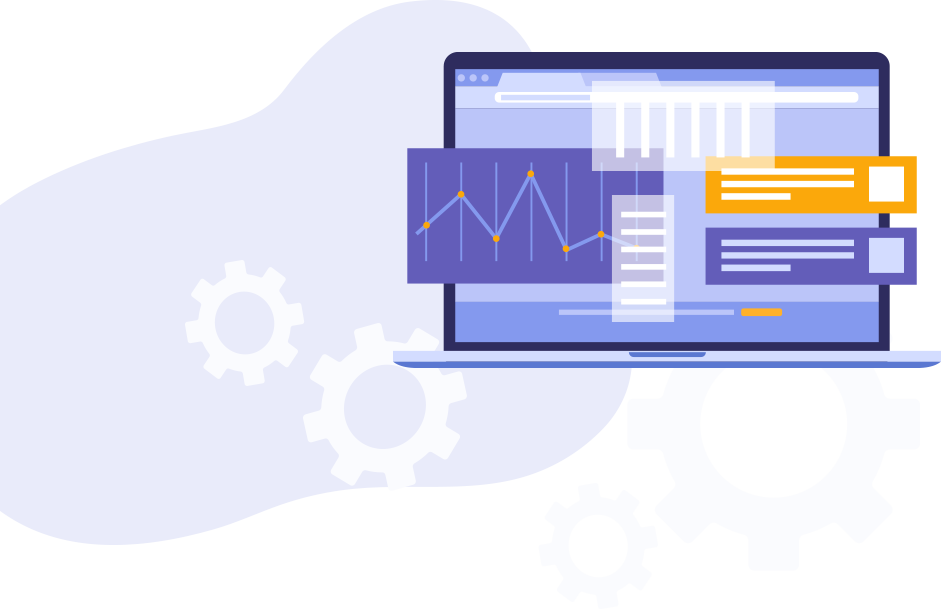
Why Is CRM Important in a Manufacturing Business?
CRMs are excellent tools for managing customer interactions, including customer information, leads and prospects, and deals, quotations, and order status,
Finding your place in this world and building a successful career is crucial to all of us. It means so much more than the salary, security, and benefits we get from a job. A career affects what we can become and contribute, and who we impact in the pursuit of our work.
The future of our society depends on the choices we make today.


WELCOME TO CAREER EDGE
The website is created to help people build successful careers, start their own business, improve their knowledge and skills, etc.
Our experts are here to share their real life experiences with those who are eager to learn from them.
INVEST IN YOURSELF
What should you do if you don't have any? The answer is simple - you should start learning and the best way to do this is turn to online coaching. It's an amazing opportunity to learn from successful people from all over the world who are ready to share their knowledge and professional expertise. Those coaches know how to help you change perceptions and find your way to success.
Schedule your free 30-minute consultation today and check what our coaches have to offer you.
MEET OUR TEAM
Being an expert in a certain topic doesn’t mean you can come up with an interesting article covering that topic.
Fortunately, our experts know how to write engaging and informative articles to share their wisdom with the readers.
writer, coach
Wife, mother, optimist, leader, banker; passionate about building people up to be their best.

writer, editor, influencer
HR manager with 8 years of experience, influencer, proud mother of two, fond of helping people find their place in the sun.

TOPICS COVERED
LATEST ARTICLES

CRMs are excellent tools for managing customer interactions, including customer information, leads and prospects, and deals, quotations, and order status,

Financial services can cover a range of different things, from banking, to the stock market, wealth management, tax, and insurance.

Managing a business can sometimes be a little more difficult than you would expect. There are multiple areas and aspects

Despite meeting criticism and scepticism since 2009, cryptocurrency is starting to be recognised as a valid payment method in the

Payment options have come a long way since the days when cash was king. Consumers today expect to be offered

Have you ever wanted to hear what your songs would sound like if your favorite artist was to pick them